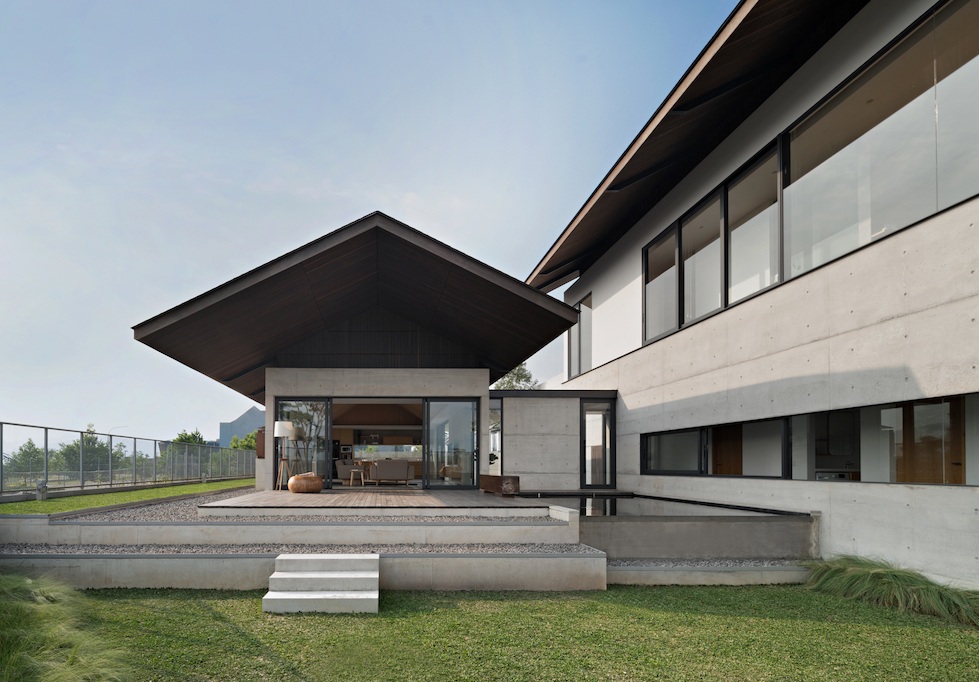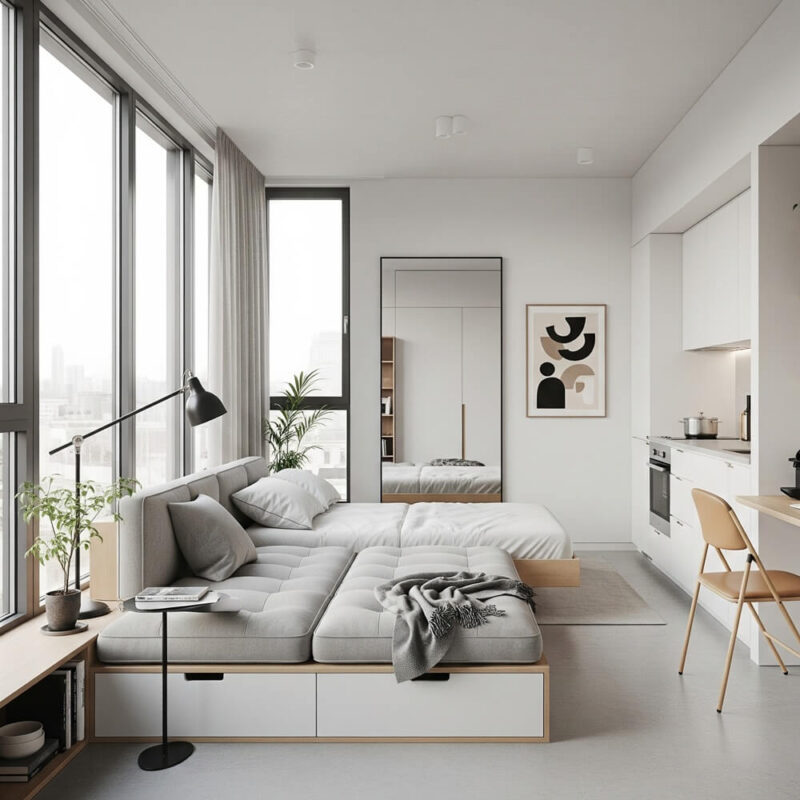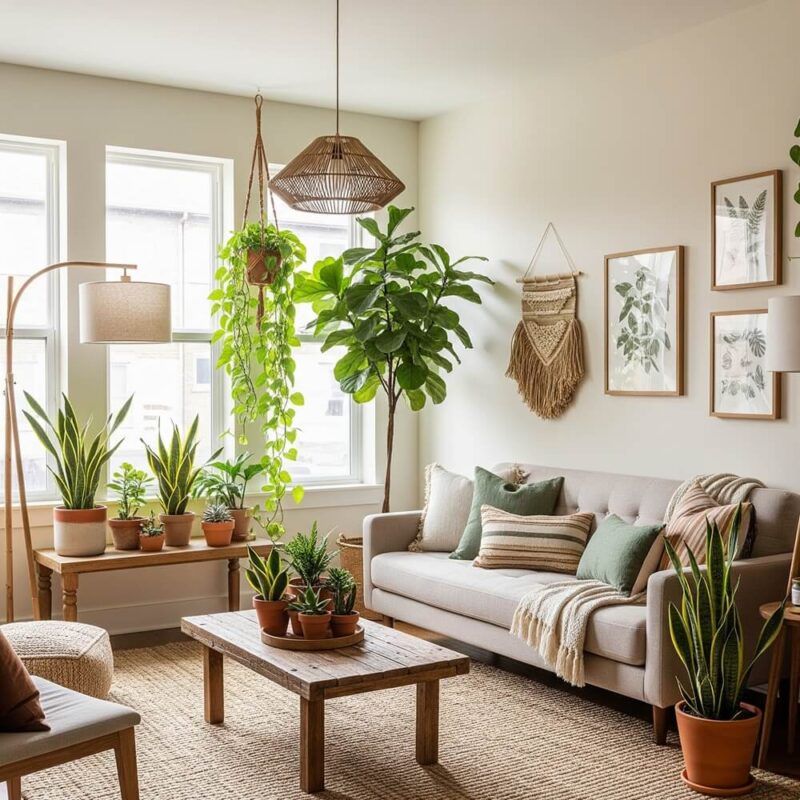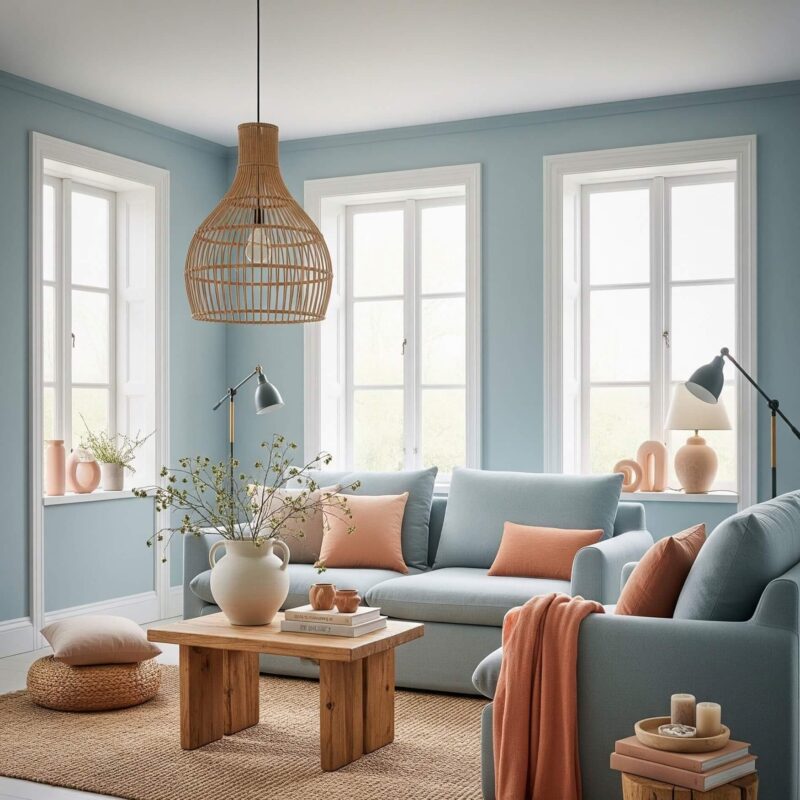Modern Buildings: The Resurgence of Craftsmanship and Local Materials

Modern Buildings: The Resurgence of Craftsmanship and Local Materials
Modern Buildings are increasingly embracing a profound counter-movement in architecture: the resurgence of craftsmanship and the thoughtful re-incorporation of local materials. This isn’t a nostalgic retreat to the past, but a forward-thinking embrace of principles that offer both environmental sustainability and a deeper connection to place, enriching both exterior design and interior design through authentic textures and narratives. This movement signifies a pivotal shift in how future architects are trained and how the built environment will evolve.
For much of the 20th century, the pursuit of efficiency, cost-effectiveness, and international styles often led to the marginalization of traditional building methods and regionally specific materials. Buildings began to look remarkably similar regardless of their geographic location, losing a sense of regional identity. However, as awareness of carbon footprints, resource depletion, and the value of cultural heritage grows, architects are increasingly looking to the wisdom embedded in vernacular architecture – the indigenous building traditions that evolved over centuries in response to local climate, available resources, and cultural practices. This exploration is inspiring a new wave of future architects to rethink their approach to materiality and construction, moving beyond purely aesthetic considerations to embrace ecological and cultural depth.
Sustainable Choices and Economic Benefits
The shift towards sustainable building practices is a primary driver behind this revival. Transporting materials across vast distances incurs significant carbon emissions, a factor often overlooked in the lifecycle analysis of buildings. By utilizing local materials – stone quarried nearby, timber from regional forests, clay from local soil, or even recycled components sourced from within the immediate community – architects drastically reduce the embodied energy of a building. This commitment to proximity aligns seamlessly with the principles of a circular economy, where resources are kept in use for as long as possible, and waste is minimized. This isn’t just about reducing a building’s environmental impact during construction; it’s about fostering a regenerative system.
Reducing Carbon Footprint and Supporting Local Economies
The environmental benefits extend beyond reduced transportation emissions. Local materials often require less processing and fewer chemical additives than their globally sourced, highly engineered counterparts. For instance, locally sourced timber or unfired earth blocks can have a far lower ecological impact than steel or concrete, particularly when considering the energy required for their production. Such choices are not just environmentally responsible; they also profoundly support local economies. By procuring materials locally, projects create jobs within the community, strengthen regional supply chains, and build local expertise in specific material processing and construction techniques. This reduces reliance on volatile global markets and creates more resilient, self-sufficient communities. The financial investment stays within the community, fostering economic stability and growth that transcends the building’s completion.
The Inherent Value of Handmade Craftsmanship
Beyond the environmental imperative, there is a burgeoning appreciation for the intrinsic value of craftsmanship. The precise cutting of stone, the intricate joinery of timber, the careful layering of plaster, or the skilled weaving of natural fibers – these are not merely technical processes but acts of artistic creation. Buildings constructed with a high degree of craftsmanship possess a unique tactile quality, a richness that mass-produced components often lack. They tell a story of human labor, dedication, and skill, creating spaces that feel authentic, grounded, and deeply resonant. This emphasis on handmade details provides character and depth, elevating a structure from mere shelter to a work of art.
Beyond Aesthetics: Durability and Human Connection
The beauty of handmade elements extends far beyond mere aesthetics. Crafted materials often exhibit superior durability and longevity precisely because of the care and attention invested in their creation and installation. Unlike mass-produced components designed for rapid assembly, handcrafted elements are often conceived with repairability and long-term performance in mind. This means less waste over time and reduced maintenance costs. Furthermore, there’s a profound psychological benefit. Occupants of spaces rich with craftsmanship often report a greater sense of well-being and connection to their environment. The imperfections inherent in handmade work, far from being flaws, imbue a space with a human touch that cannot be replicated by machinery, fostering a deeper, more personal relationship between people and their built surroundings.
Blending Tradition with Innovation
This resurgence is not about blindly copying historical styles. Instead, future architects and designers are engaging in a process of reinterpretation and innovation. They are taking traditional techniques and applying them in contemporary contexts, often integrating them with modern technologies. This fusion represents the cutting edge of future design.
Modern Applications of Ancient Wisdom
For instance, digital fabrication tools might be used to precisely cut complex timber joints that are then assembled by hand, blending ancient wisdom with cutting-edge efficiency. This allows for complex geometries and structural precision that would be difficult or impossible with traditional manual methods alone, while still retaining the aesthetic and tactile qualities of handcrafted wood. Rammed earth walls, a centuries-old technique, are being combined with modern insulation and structural reinforcement to create highly energy-efficient and aesthetically striking facades that meet contemporary building codes. The beauty lies in this hybrid approach, where heritage informs innovation, giving rise to unique and bespoke design solutions. This approach influences both the overall exterior design and the intricate details of the interior design, creating spaces that are both technologically advanced and deeply connected to their origins. Computer-aided design (CAD) and building information modeling (BIM) are used to simulate performance, optimize material use, and ensure that these traditional-meets-modern designs are structurally sound and highly efficient.
Architecture as an Expression of Regional Identity
The desire for a stronger connection to regional identity also fuels this movement. In an era of increasing homogenization, people seek places that feel distinct, rooted in their specific landscape and culture. Buildings constructed with local materials and traditional techniques inherently carry the DNA of their place.
Rooting Buildings in Their Landscape
A granite building in New England feels distinctly different from an adobe structure in the American Southwest or a timber-framed house in rural Japan. This material honesty and contextual sensitivity contribute to a stronger sense of belonging and cultural continuity. It reinforces the idea that architecture can be a powerful expression of identity, not just a universal shell. When architecture resonates with its environment, it becomes a natural extension of the landscape and culture, rather than an alien imposition. This creates a stronger sense of place, enhancing the narrative of a community and reinforcing its unique character. This commitment to regional identity also fosters pride in local resources and skills, strengthening community bonds and enriching the cultural fabric of a place.
Moreover, the longevity and inherent durability of many traditional techniques and materials, when properly employed through skilled craftsmanship, offer significant long-term value. A well-built stone wall or a carefully constructed timber frame can endure for centuries, reducing the need for frequent repairs or replacements. This contrasts sharply with the often shorter lifespans of some contemporary materials. Investing in quality craftsmanship and enduring materials is therefore an investment in the architectural heritage of the future, creating buildings that can be appreciated and used by generations to come, truly becoming timeless pieces of bespoke design.
The Vision of Future Architects
In conclusion, the renewed focus on craftsmanship and local materials represents a profound shift in architectural thought and practice. It is an acknowledgment that buildings are more than just functional containers; they are cultural artifacts, ecological actors, and reflections of our values.
Shaping a Sustainable and Authentic Built Environment
By embracing traditional techniques and celebrating the richness of local materials, future architects are not only creating more sustainable and resilient structures but also enriching the human experience, fostering a deeper connection to place, and ensuring that our built environment embodies beauty, authenticity, and enduring regional identity. This movement is painting a vibrant picture of a future where architecture is deeply rooted in its context, celebrating both the hand of the maker and the bounty of the earth. It emphasizes a holistic approach where environmental responsibility, cultural reverence, and design excellence converge to create buildings that serve both people and the planet for generations. This integrated perspective is critical for the evolution of truly sustainable building practices and the creation of meaningful architectural landscapes worldwide.
Related Posts
Transforming Small Spaces: Smart Solutions for Compact Living
-
Posted by
masoud
- 0 comments
Sustainable Interior Design: Your Ultimate Guide to a Beautiful, Eco-Friendly Home
-
Posted by
masoud
- 0 comments
Mastering Your Home’s Palette: A Comprehensive Guide to Interior Decorating with Color
-
Posted by
masoud
- 0 comments


